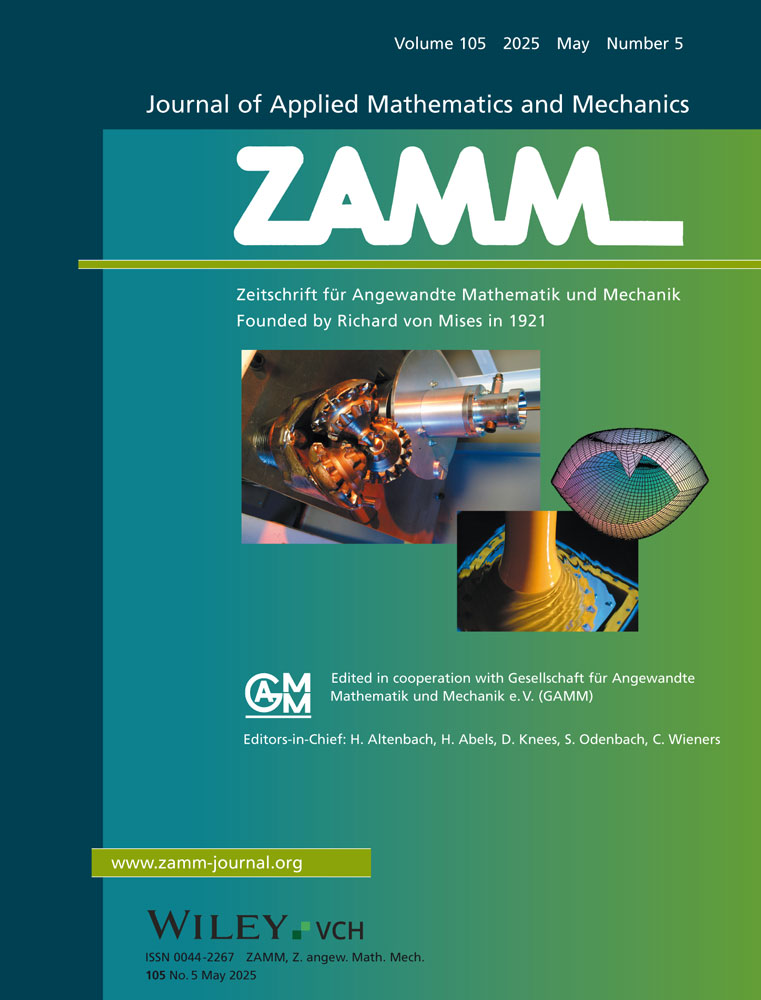Asymptotic analysis for a nanofluid flow within a microvessel surrounded by tissue
Abstract
In this study, we investigate the flow of a nanofluid within a horizontal microvessel surrounded by heated biological tissue. Specifically, we simulate the extravasation of nanoparticles (NPs) from a blood microvessel into the surrounding tissue and the heat exchange between the tissue and the blood through the microvessel wall. The simulation aims to understand the mechanisms governing heat and NP transport within the microvessel, identifying factors that affect heat dissipation efficiency and NP delivery to the surrounding tissue. Taking advantage of the small radius of the microvessel, we derive exact analytical solutions for blood velocity and pressure. Additionally, through asymptotic analysis, the transport equations for NPs and heat are converted into a set of ordinary differential equations, which we then proceed to solve using MATHEMATICA. The study reveals decreasing NP concentration profiles along the axial direction, primarily attributed to NP leakage from the microvessel. Simultaneously, elevated blood temperature results from heat transfer through the microvessel walls. Notably, an increase in heat flux correlates with a reduction in NP concentration within the blood. This study emphasizes the importance of understanding the interactions between heat, NPs, and vasculature to design and optimize thermal therapy for better performance.
CONFLICT OF INTEREST STATEMENT
The author has no conflicts of interest to declare. The author has no relevant financial or nonfinancial interests to disclose.




